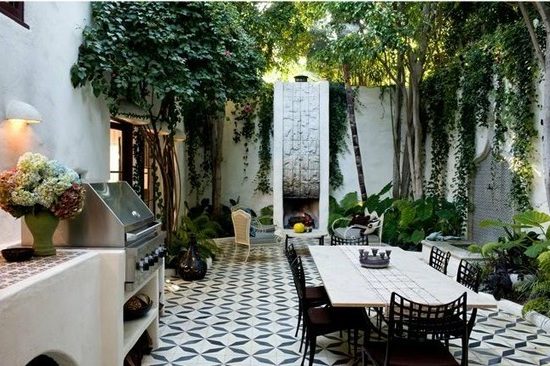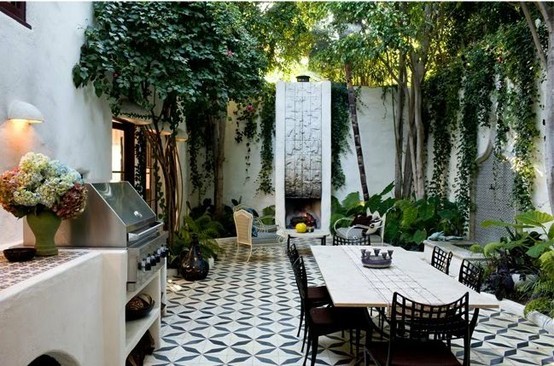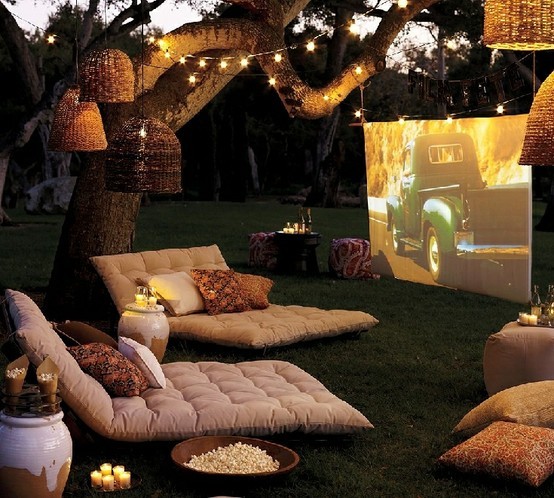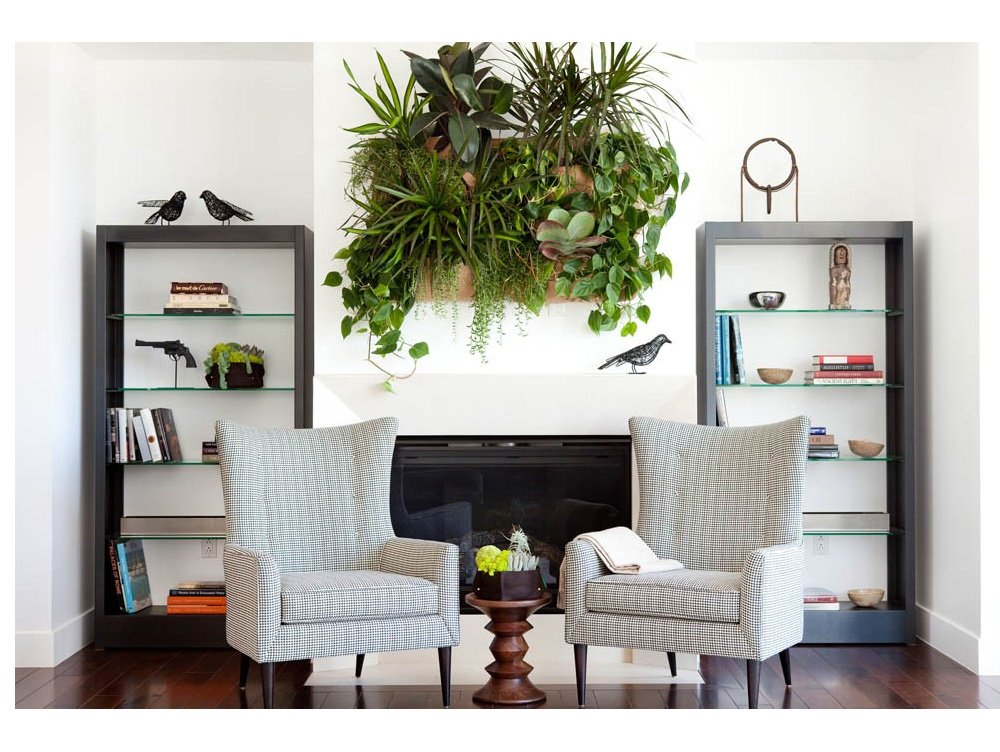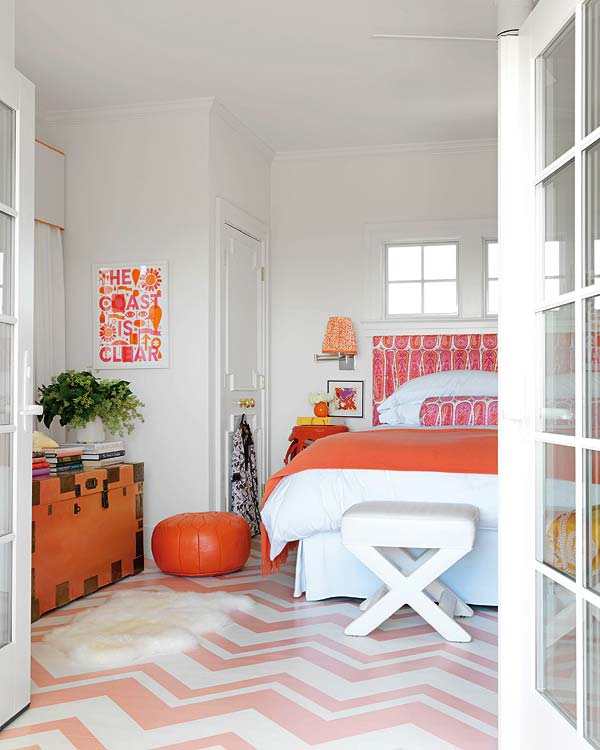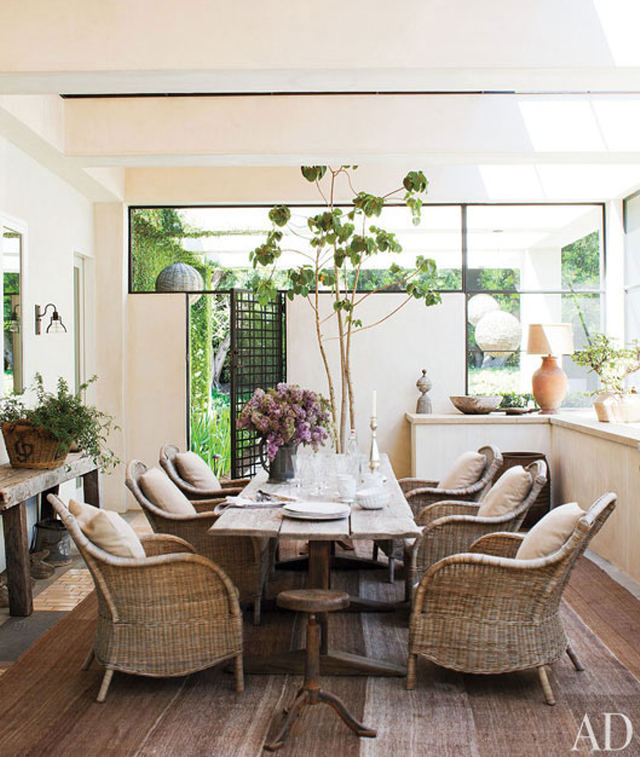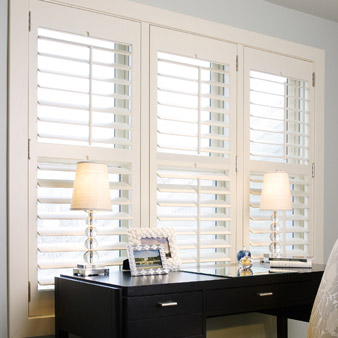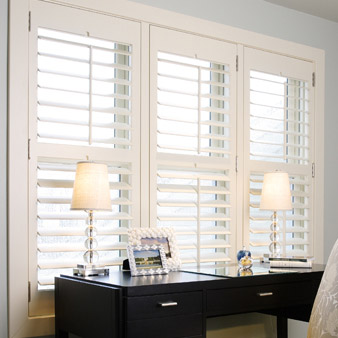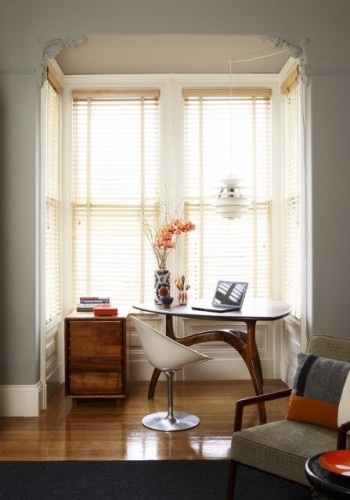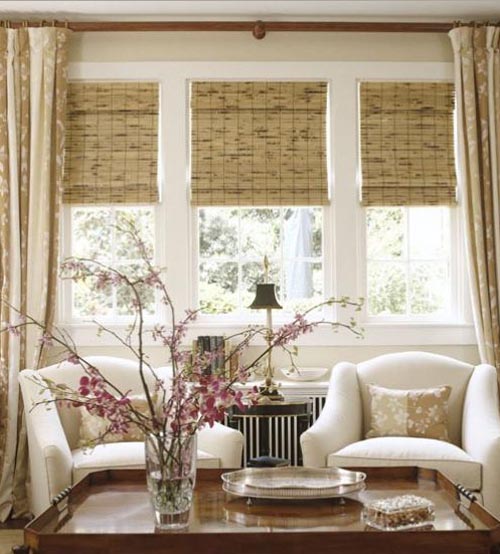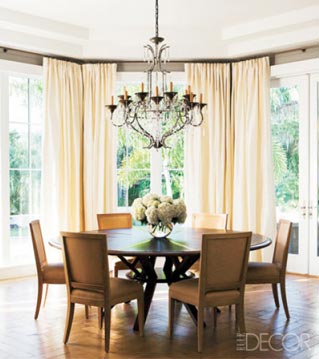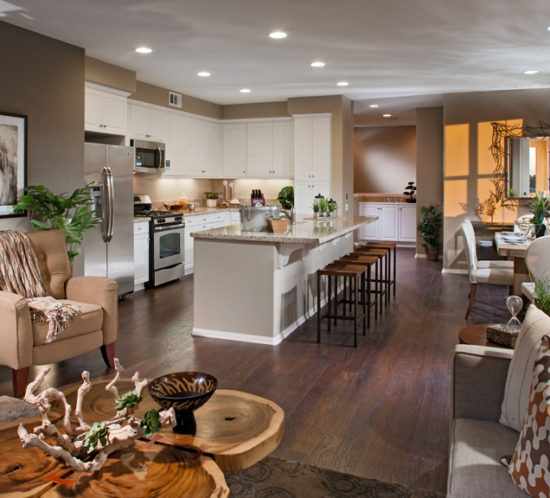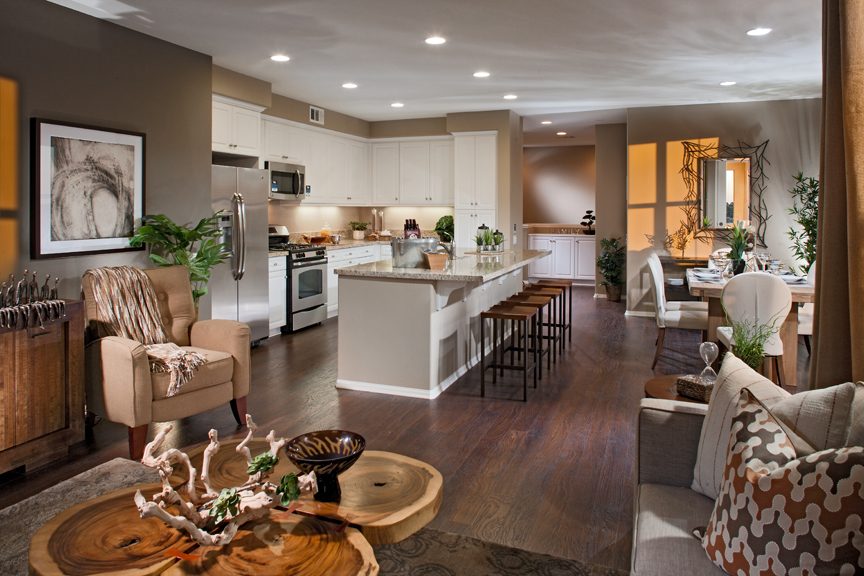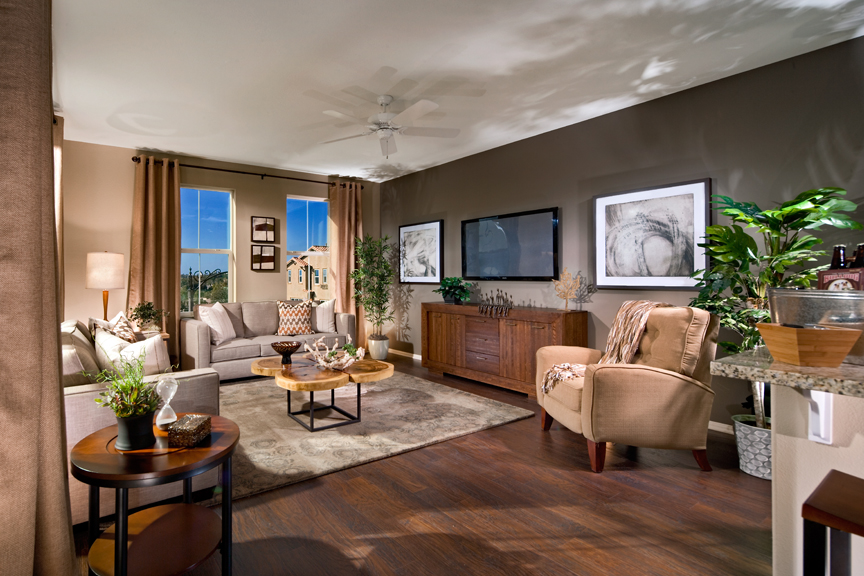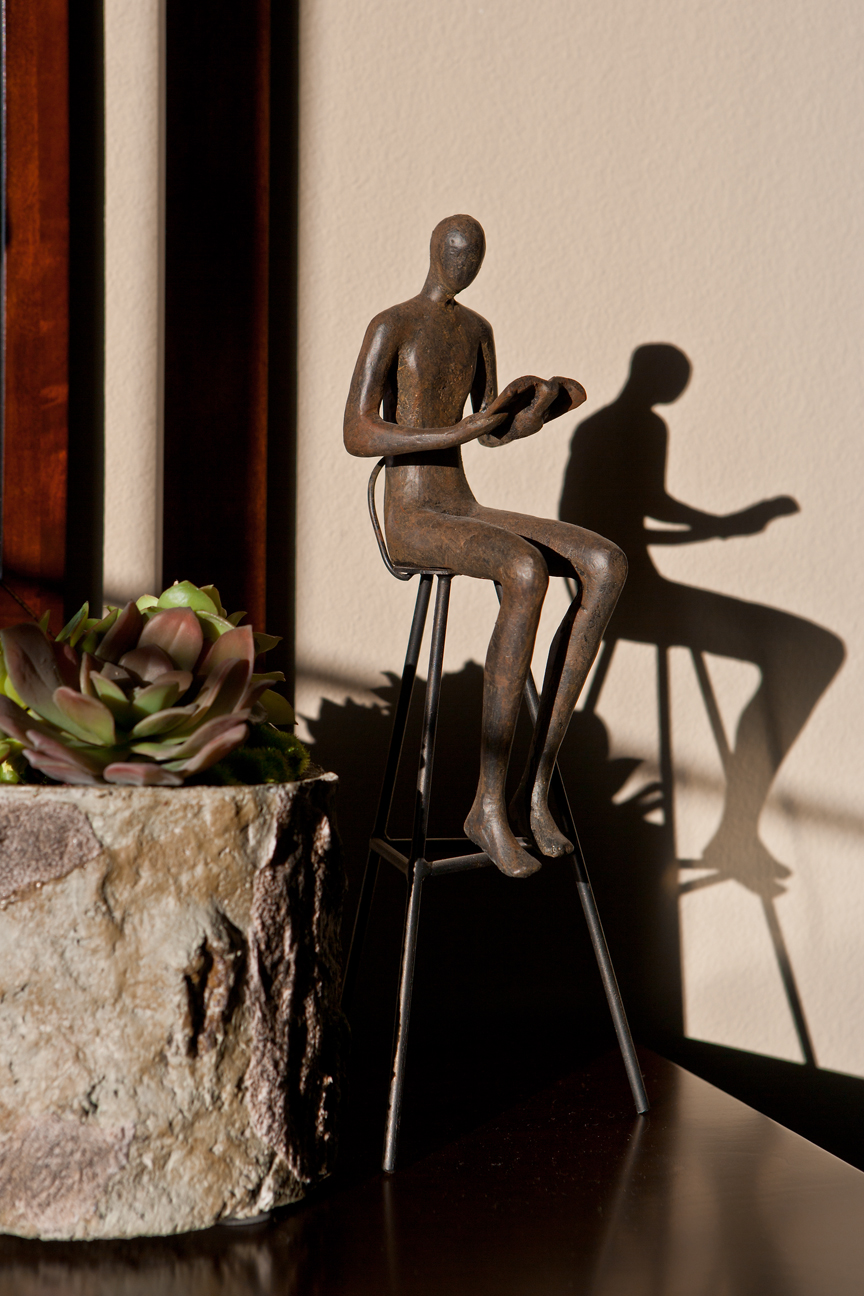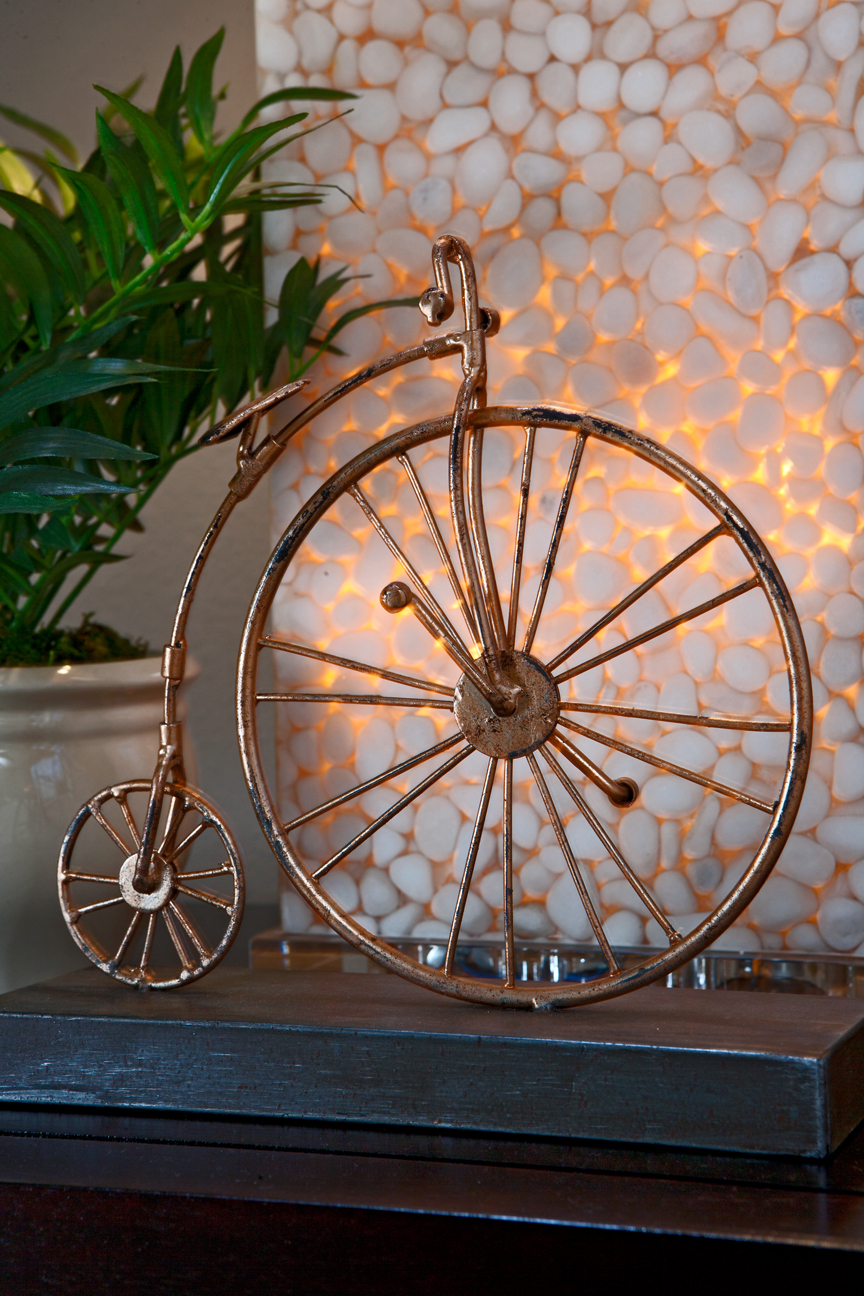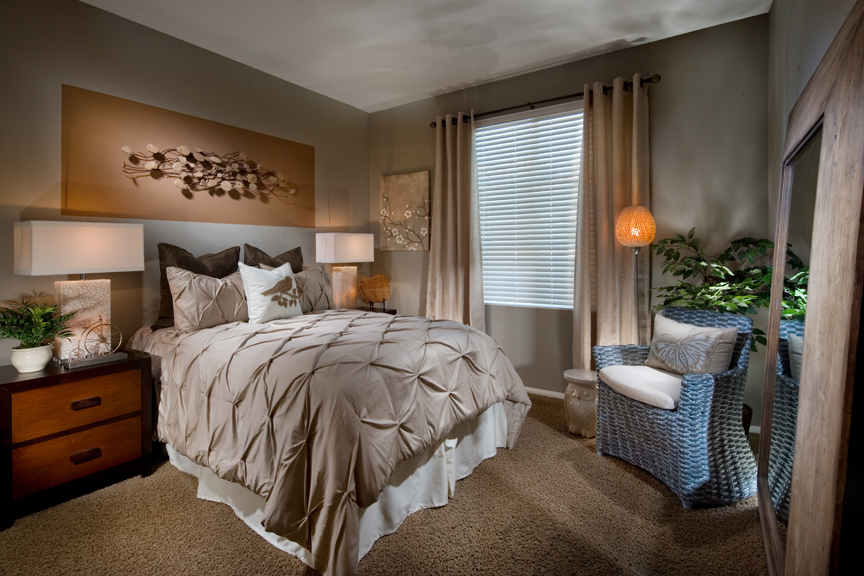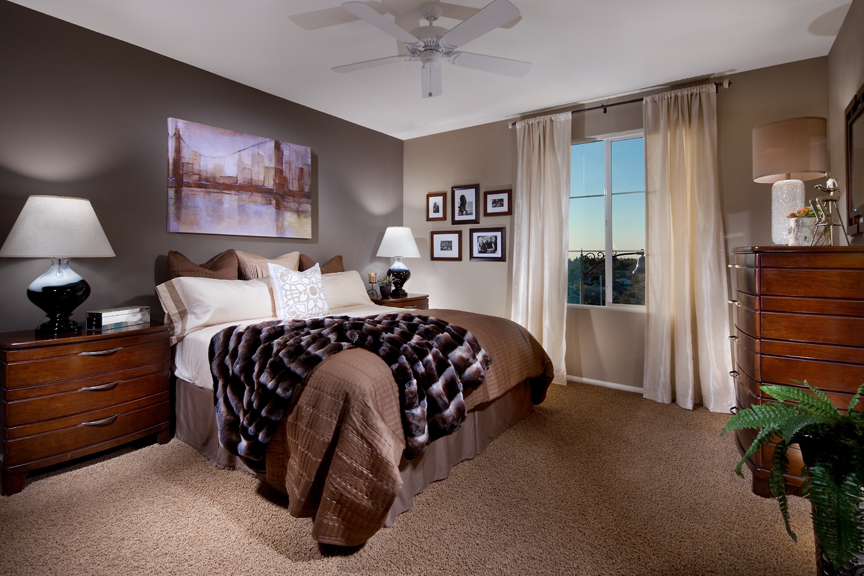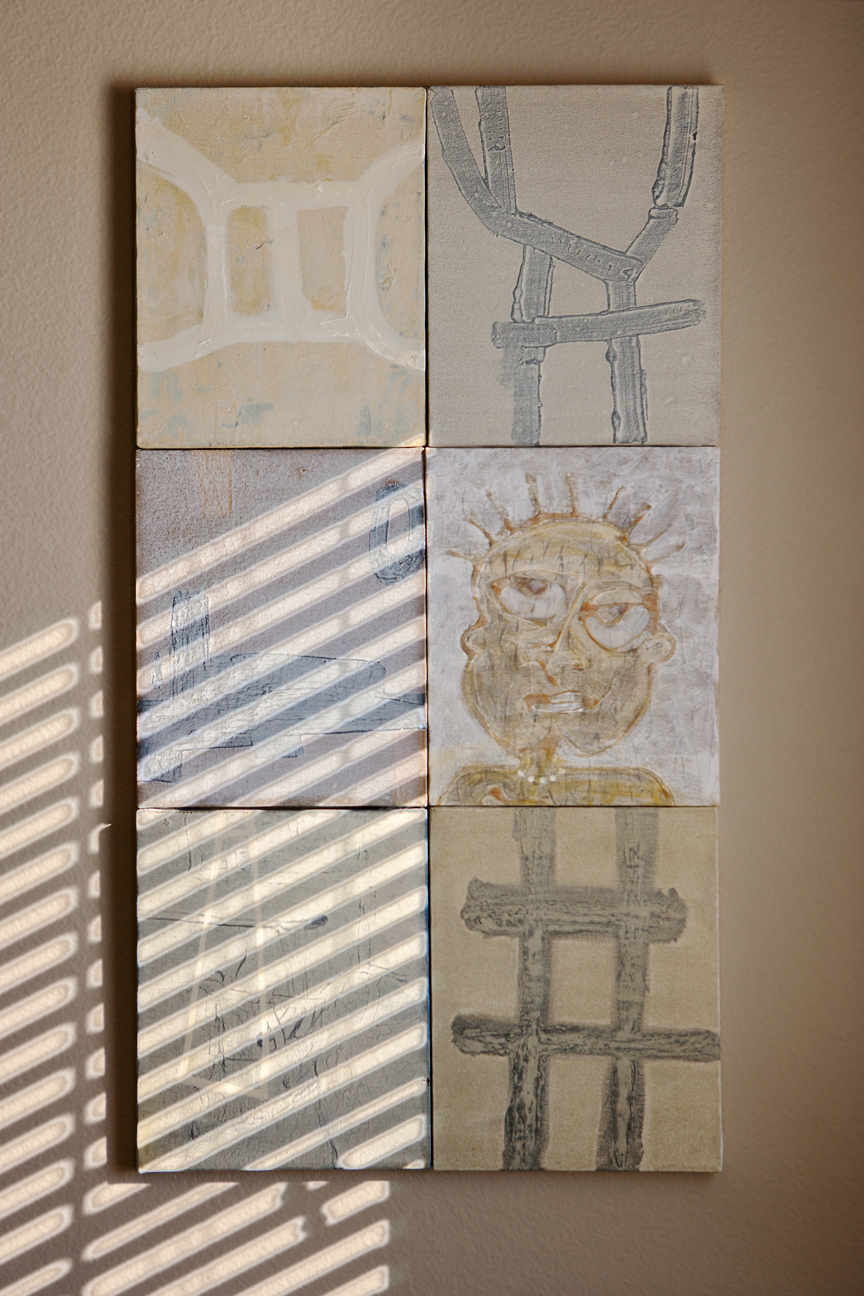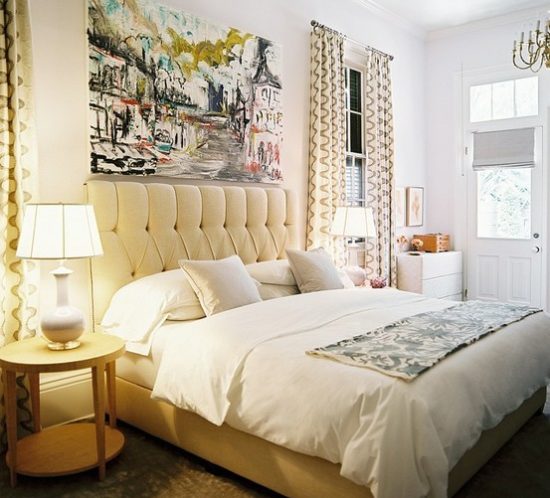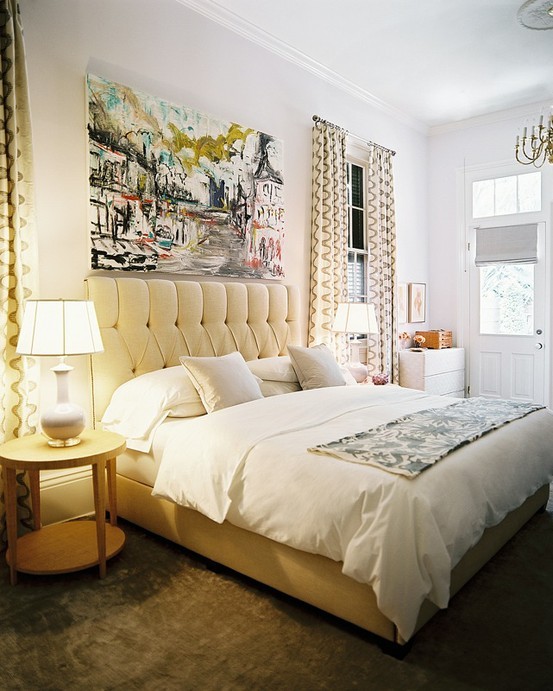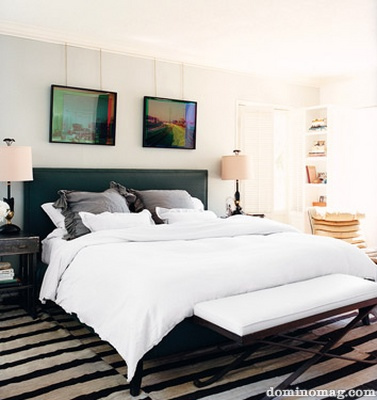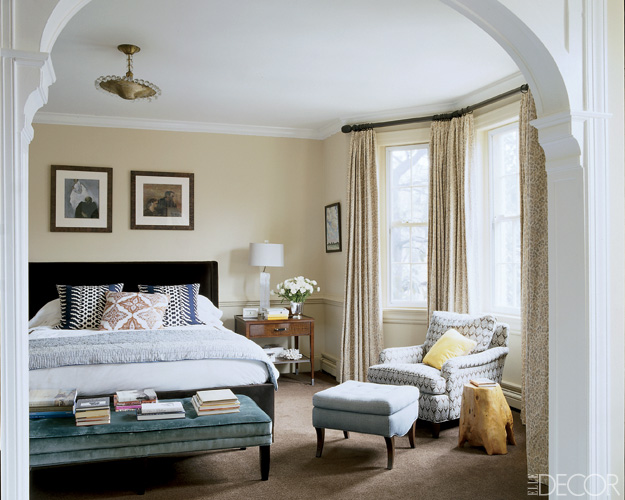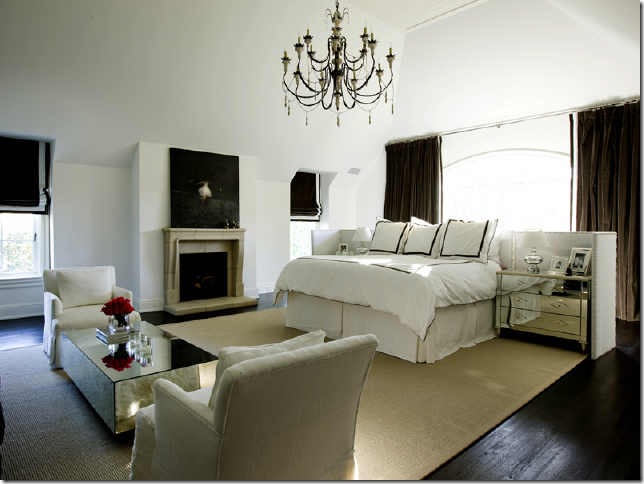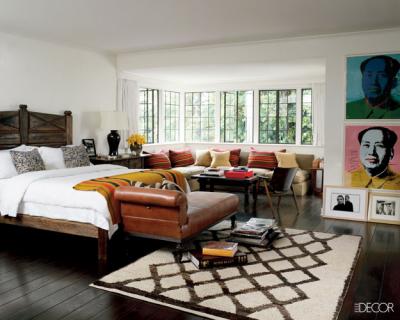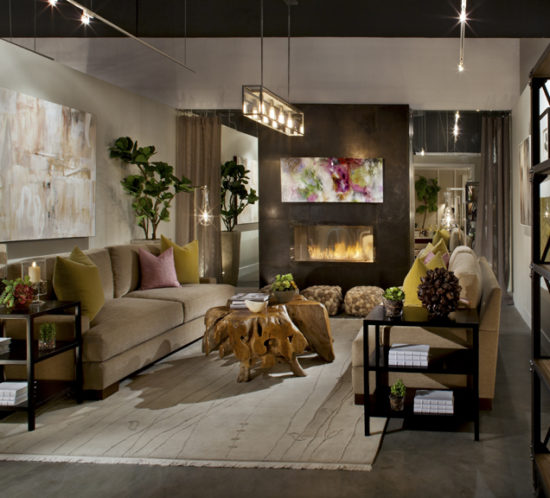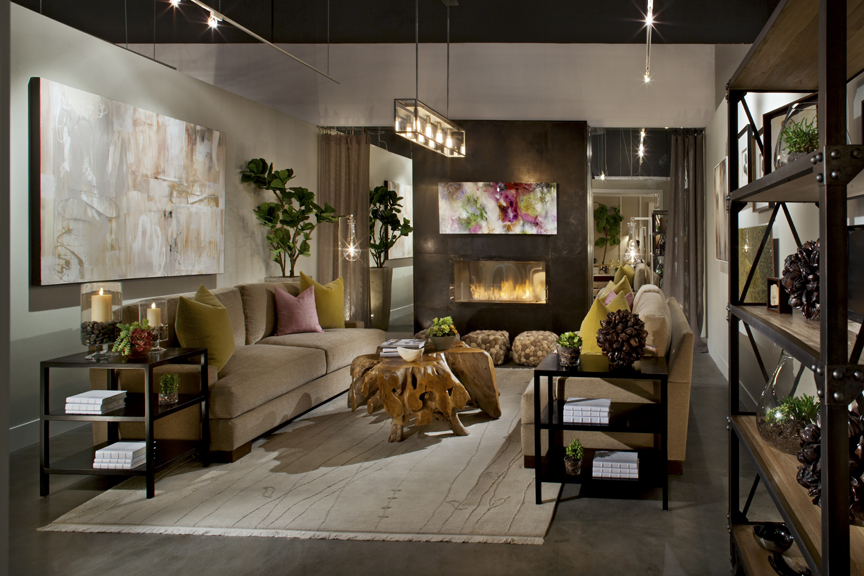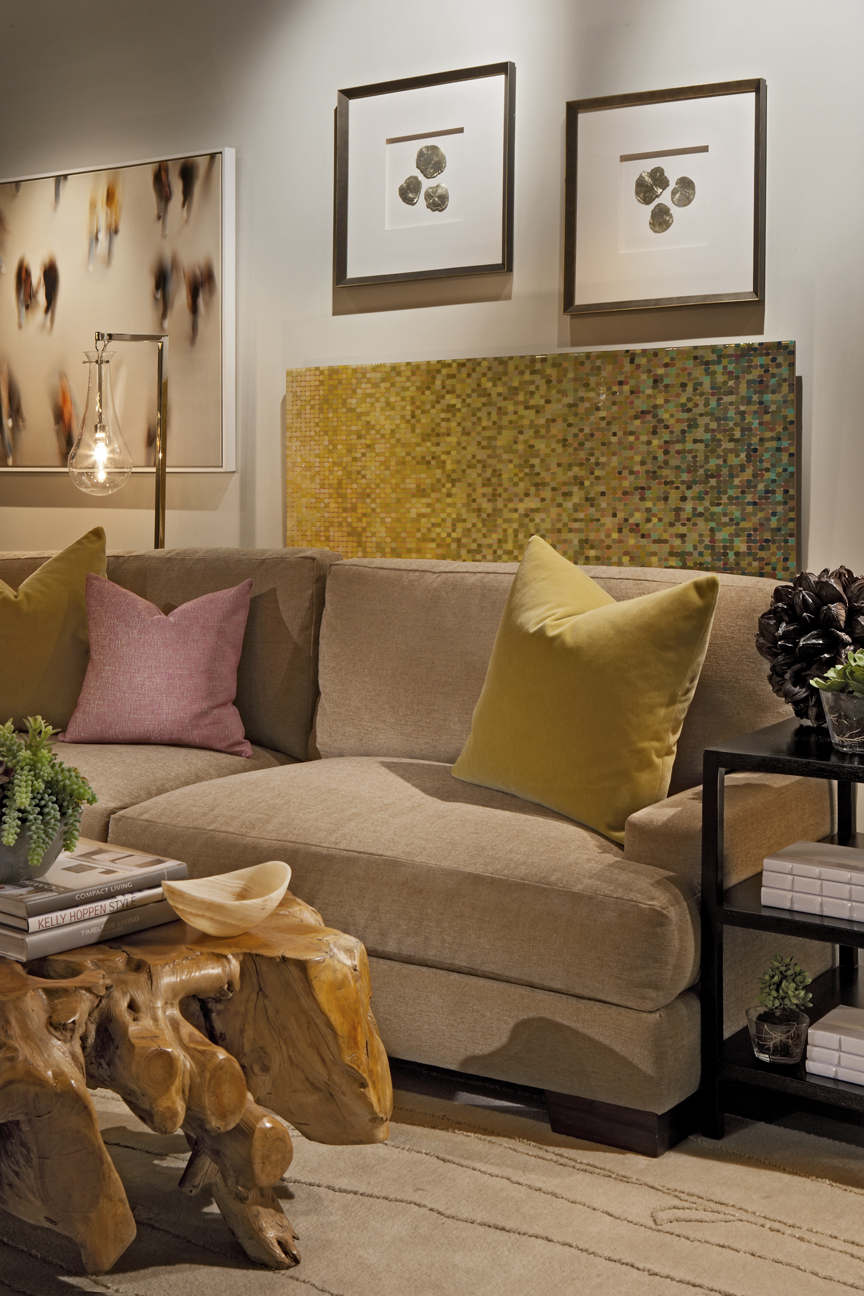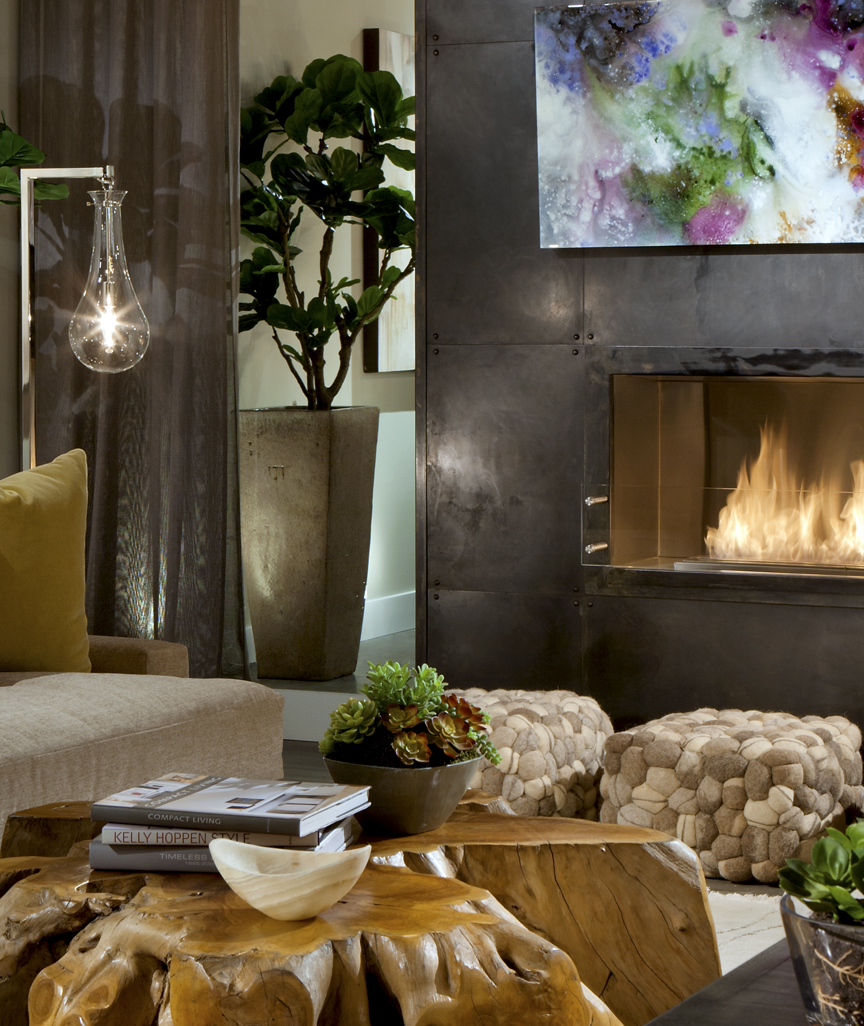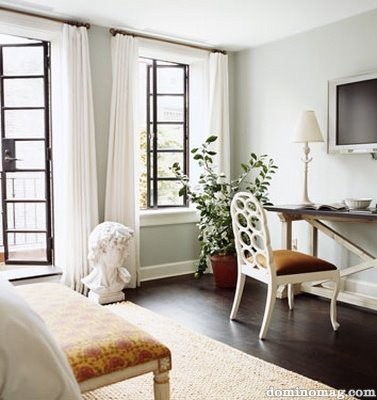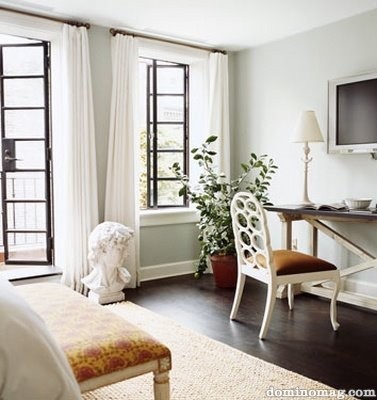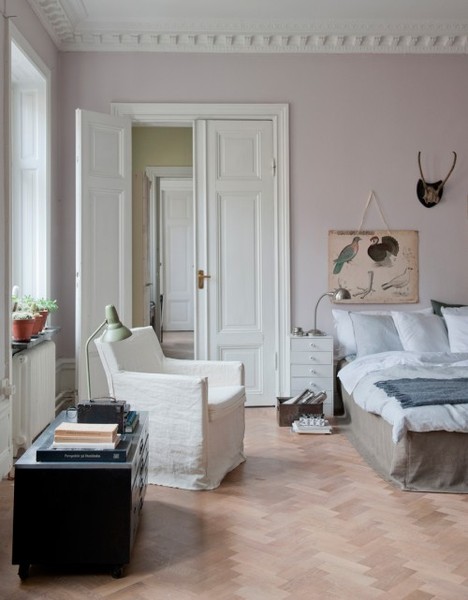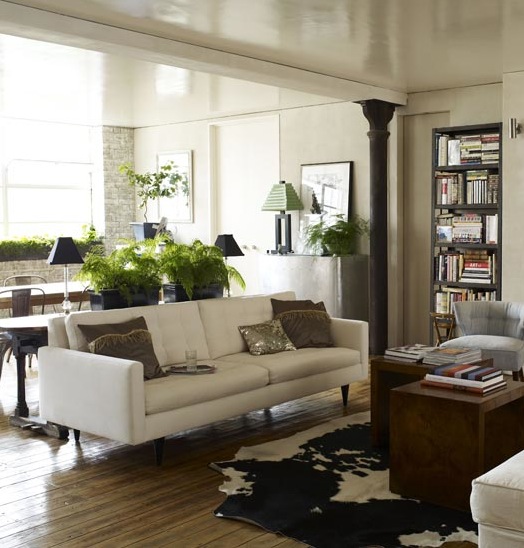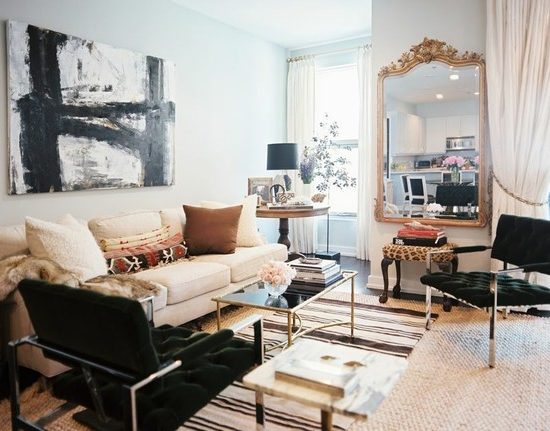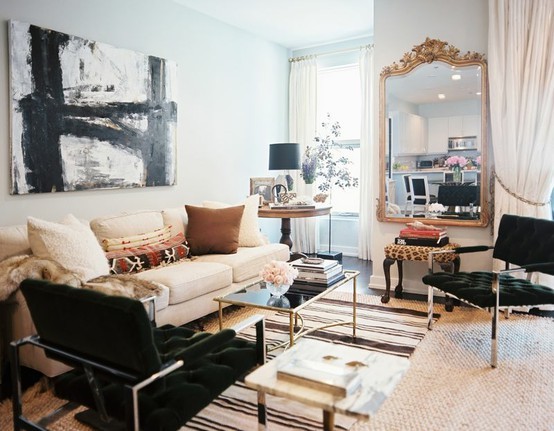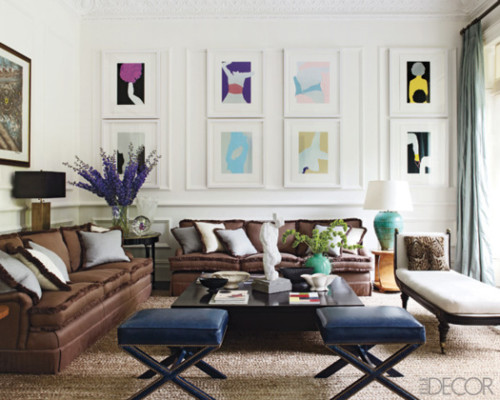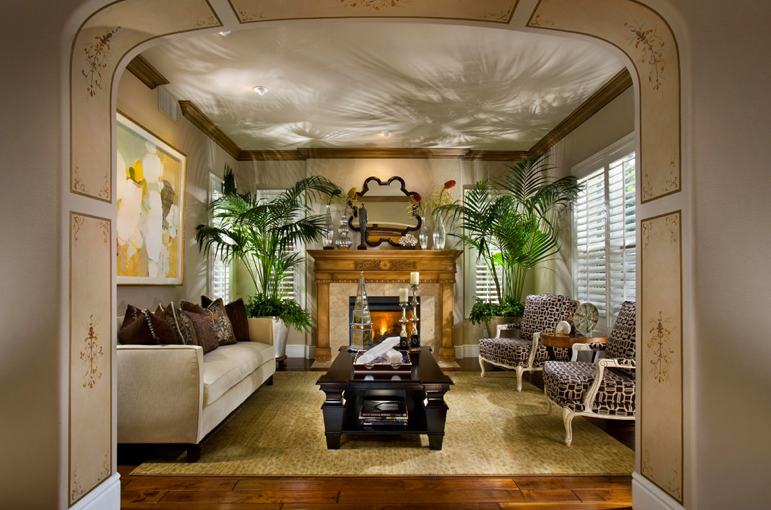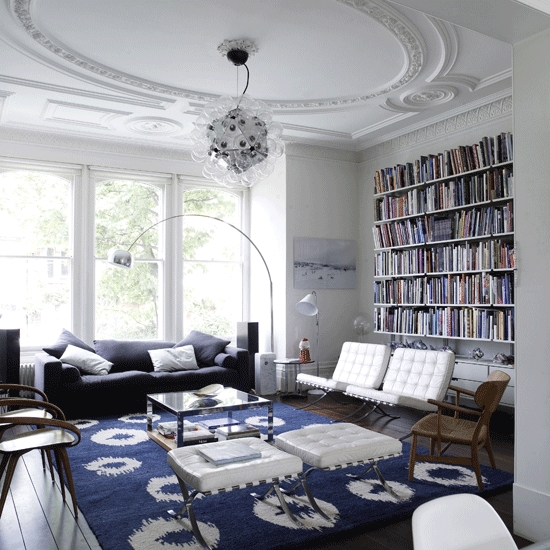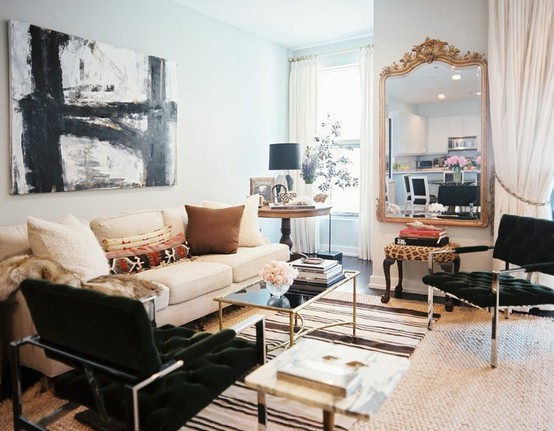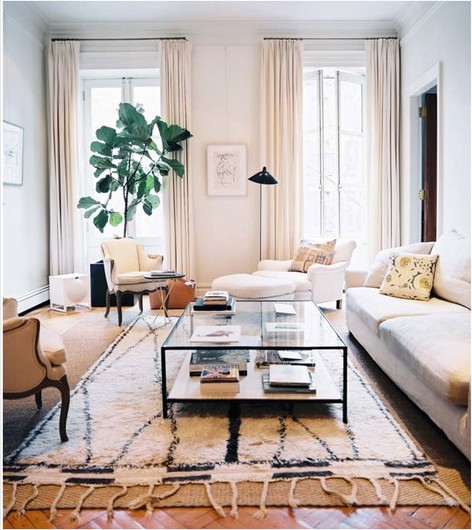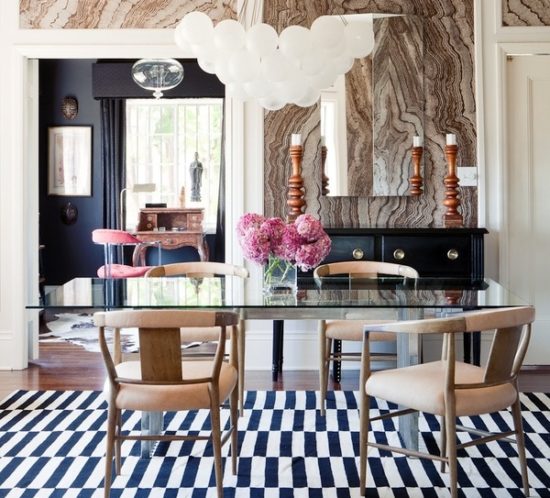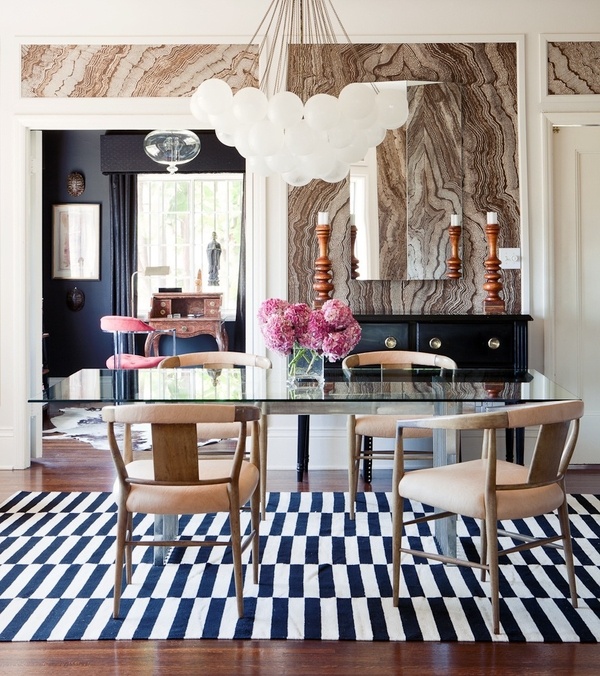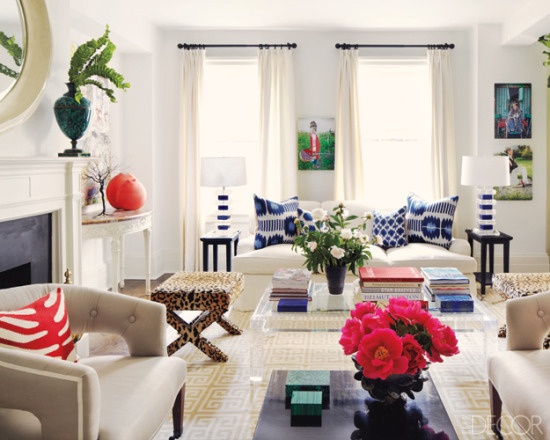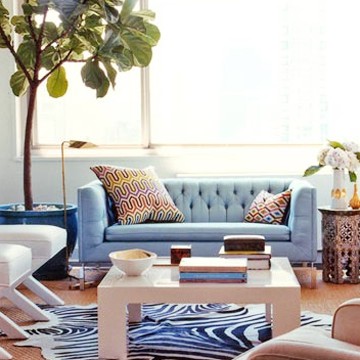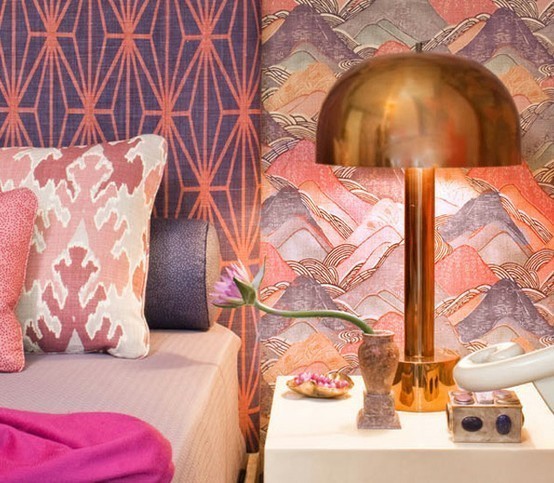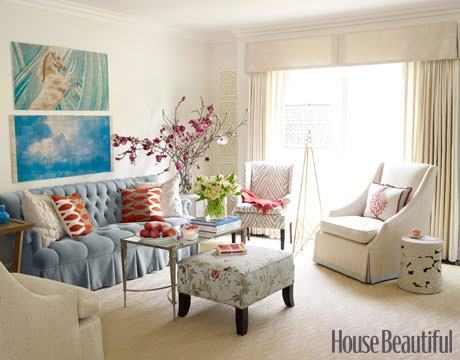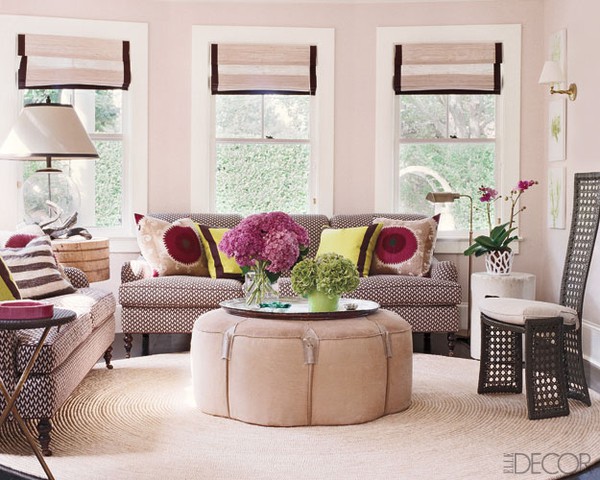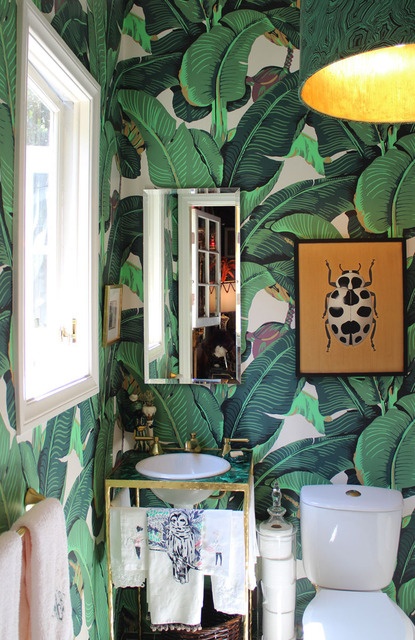Bring Summertime Style Into Your Home
When summer rolls into town with it’s long days and warm air, you can’t help but want to enjoy everything it has to offer. To bring the bright look of summer into your home, all it takes are some quick and easy additions (or removals) of color, style, and accessories. You don’t need to change every room or do anything that takes a lot of time or money, there are lots of ways to lighten up and freshen up your home for a wonderful summer seasonal change. Try some of these simple, easy changes to bring some summertime style into your home!
Embrace Your Outdoor Living Space
The patio is a great example of how you really don’t need much outdoor space to take advantage of summer’s fresh air and sunshine. A patio chair accented with a colorful outdoor rug and weatherproof pillow transforms a simple space into an inviting retreat. A window box on the railing brings a little more green to the space, while sheer curtains offer the option of privacy. Dining alfresco is always a great opportunity to savor the gorgeous summer weather. Invest in a few pieces of good patio furniture for your dining area, and then accessorize with less expensive and more trendy pieces. Be sure to stick to your style: You want your home and your outdoor area to mesh.
Bring in Some Plant Life
Even if you don’t have the space, time, or energy to have a summer garden, there are still plenty of easy and beautiful ways to incorporate plants into your home. A container garden is a perfect way to benefit from the beautiful flowers and herbs that flourish in the summer. Choose a large pot for a landscaped effect using multiple plants, or create a grouping of smaller pots. A few plants can add a brilliant pop of green to a room. Just make sure they’re in a place where they can drain without making a mess and can still get plenty of sunshine.
Add Color
Summer decor can be bright, bold and cheerful, so use colors and patterns you can’t get away with during other seasons. Pillows, cushions, and colorful accessories are fun and easy ways to brighten up an otherwise simple setup. Don’t be afraid to mix and match patterns and contrast colors and styles when it comes to textiles. Fabric can be a relatively inexpensive endeavor, so have fun with it and play around! Try to incorporate color in unexpected areas in your home for that extra pop of summer cheer.
Bring the Outdoors In
Allow your decor to reflect the beauty of summer, and work natural materials into your home. Bringing outdoor furniture inside is a great way to blur the line between the two spaces. If you don’t think your outdoor furniture will work inside, try using slipcovers or new cushions to help it blend with your interior.
Use Light and Breezy Textiles
Integrate light and airy fabrics into your home’s design to give each room a bright feel, and also to cool it down on particularly hot days. Tablecloths, rugs, placemats, pillow cushions, and sofa covers can all be temporarily replaced in warmer months. If your home is full of plush velvets and lots of dark colors, it could be a good idea to give it a more summery feel with a few quick changes.
Replace heavy winter drapes with sheer or thin curtains to let more light in. Use the same ideas when approaching summer bed linens (especially for guests), throws, cushions and floor pillows. When it’s 100 degrees outside, lounging on a flannel duvet wouldn’t be a good idea.


